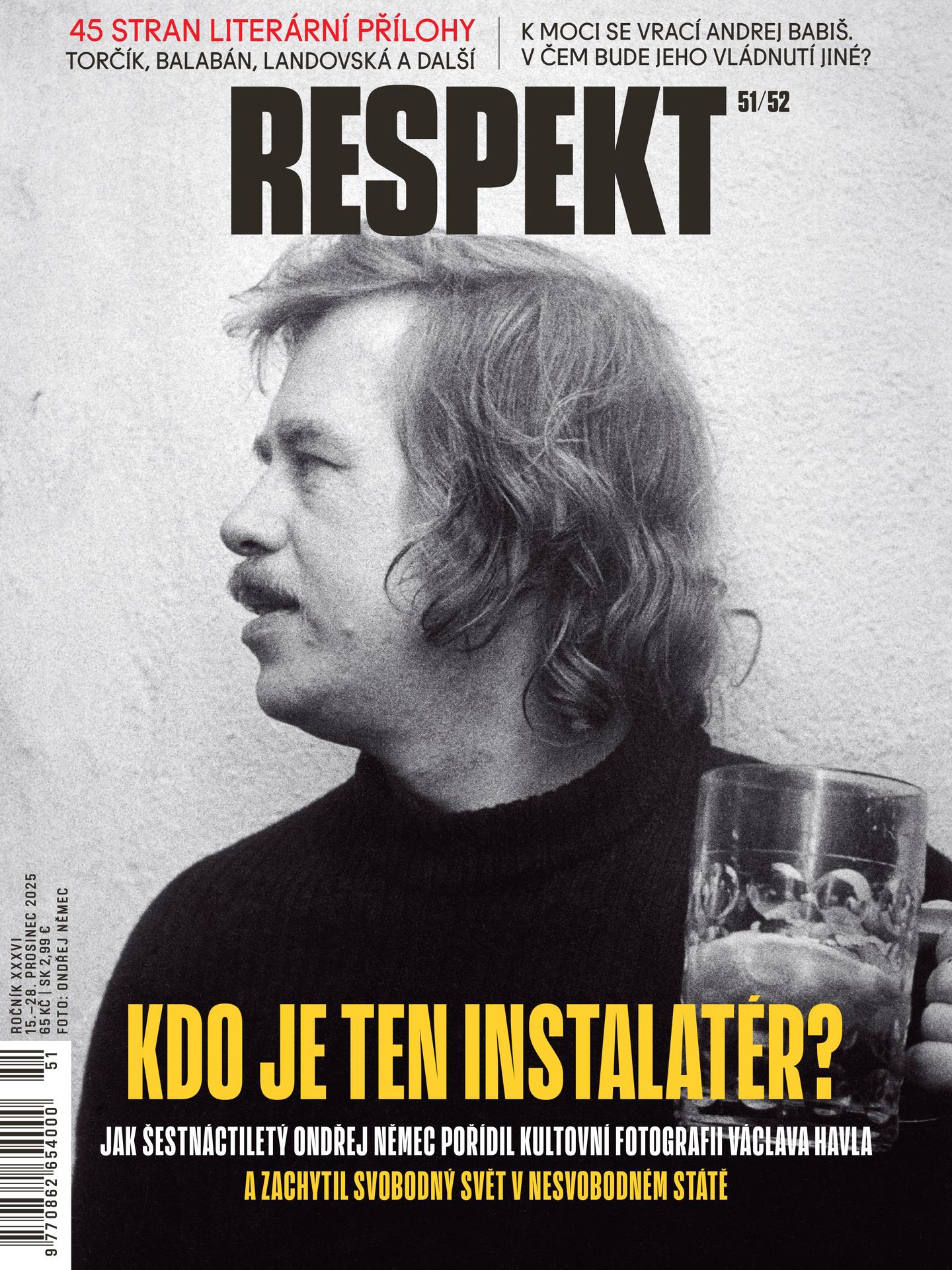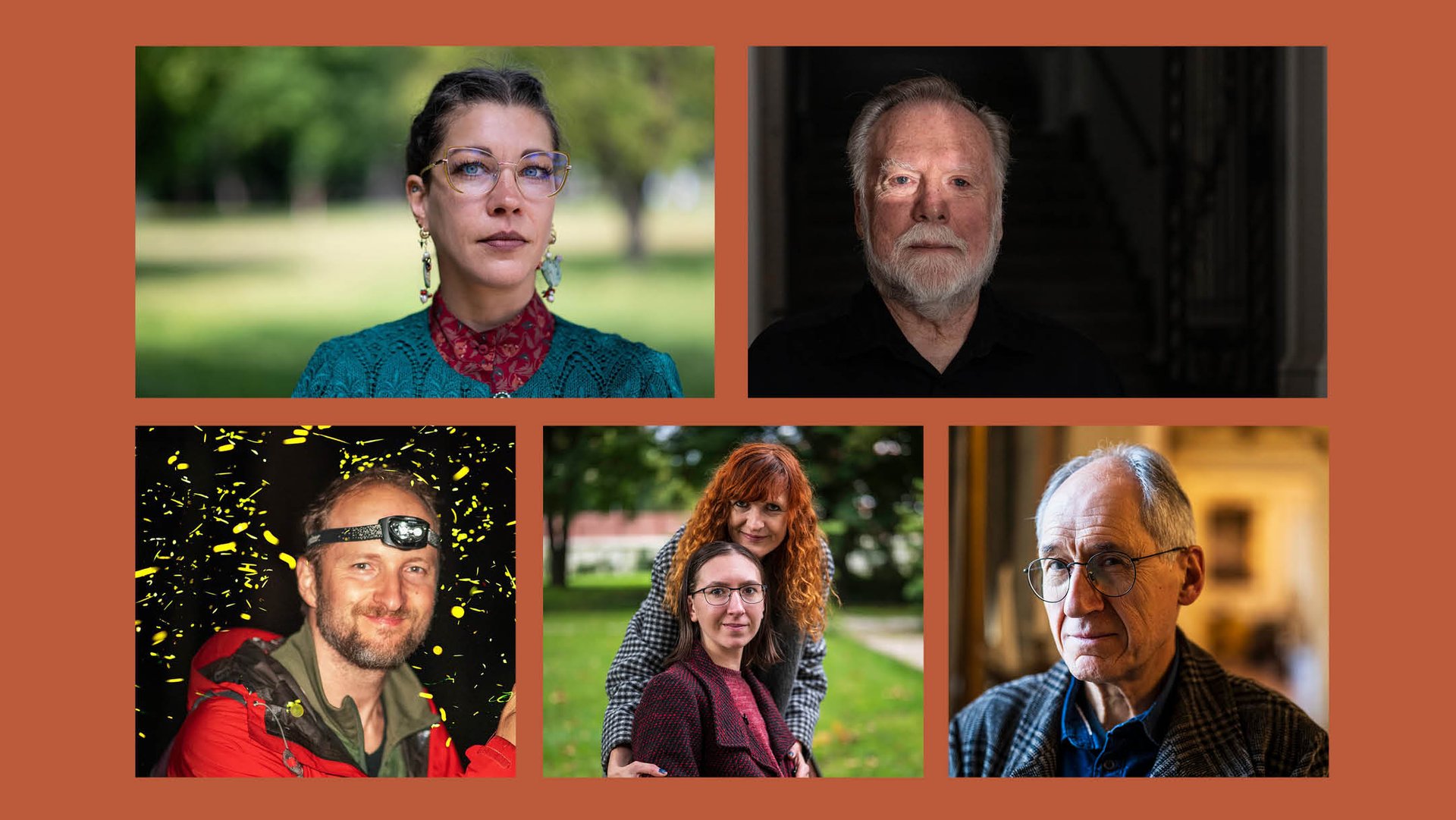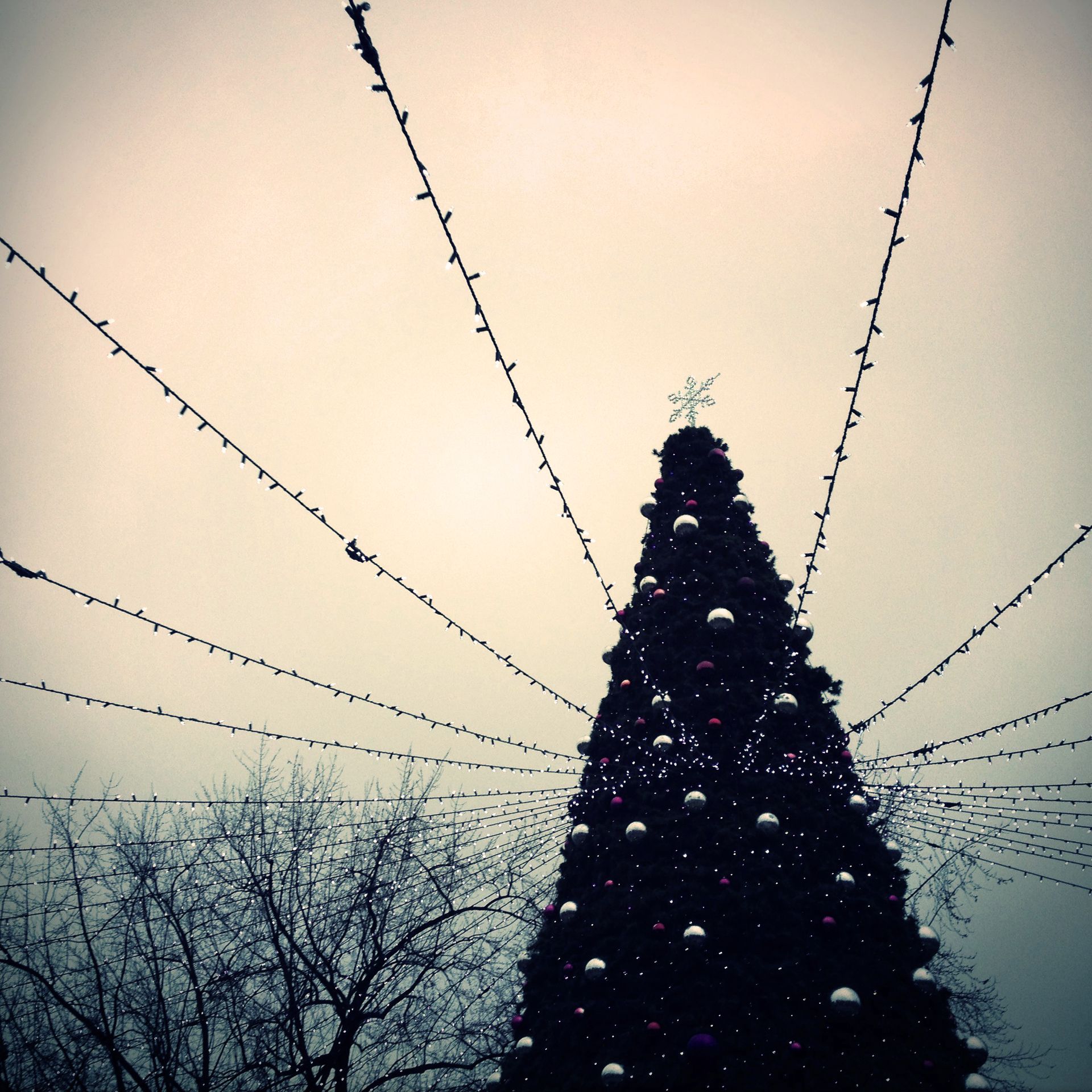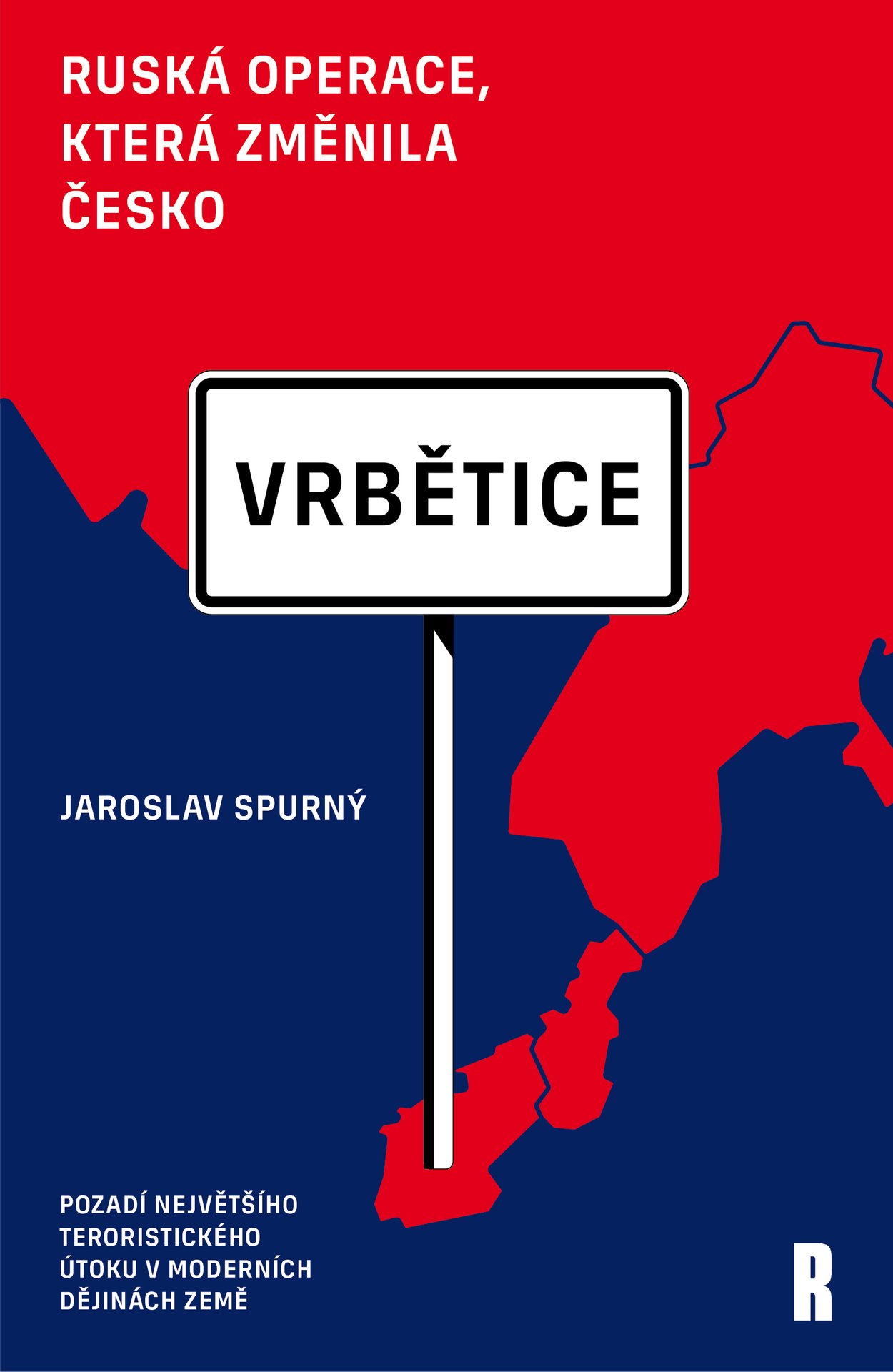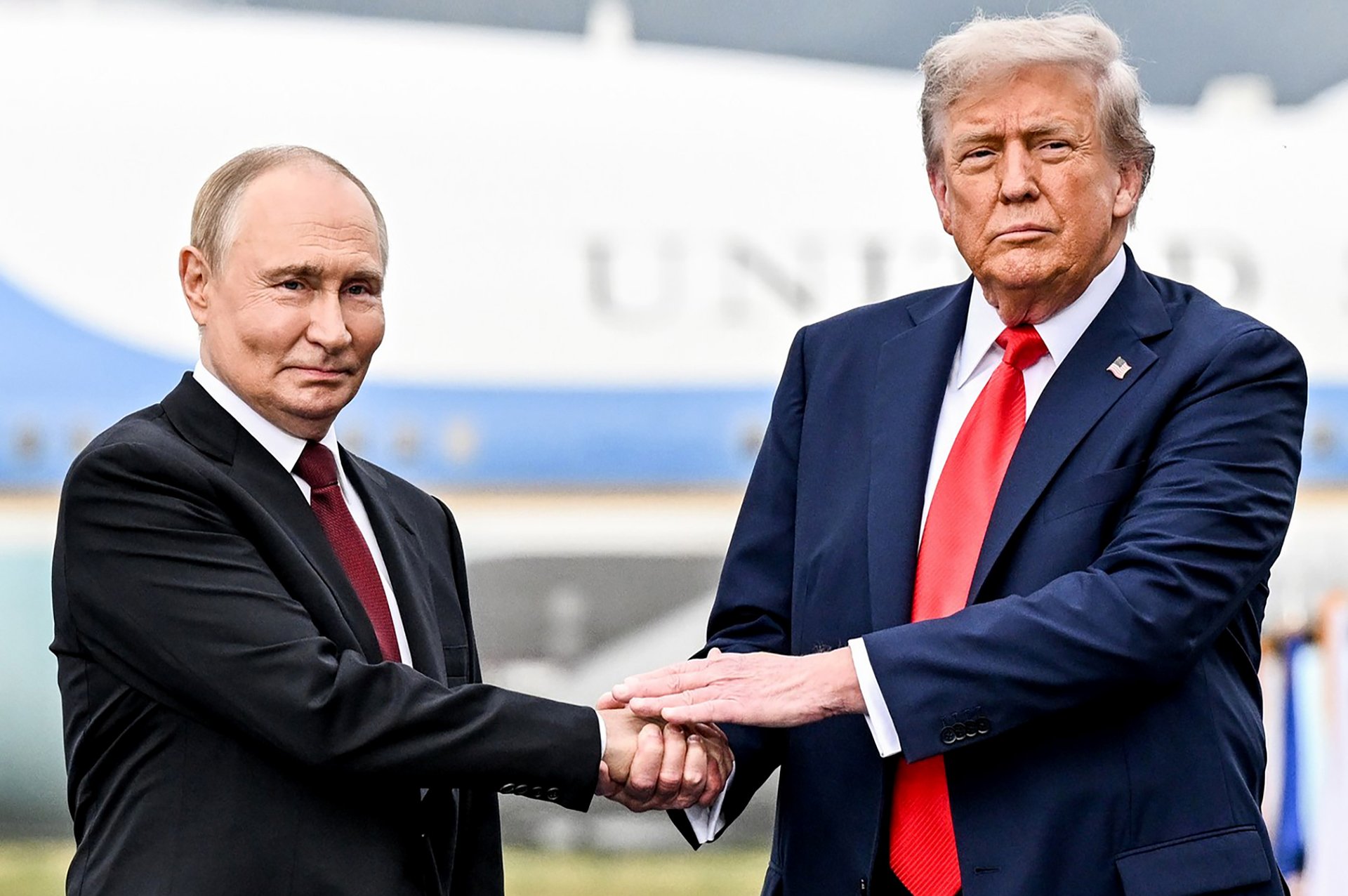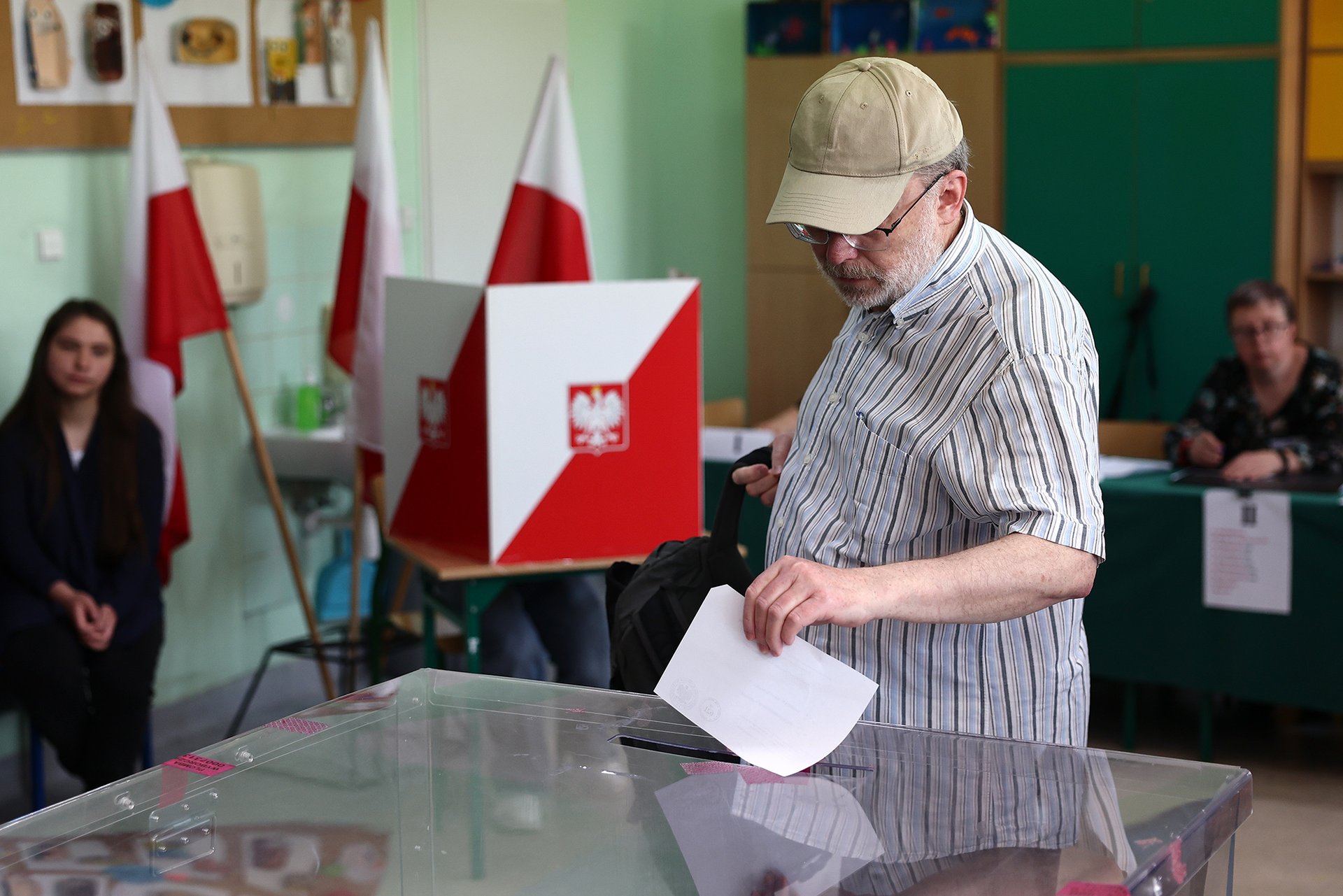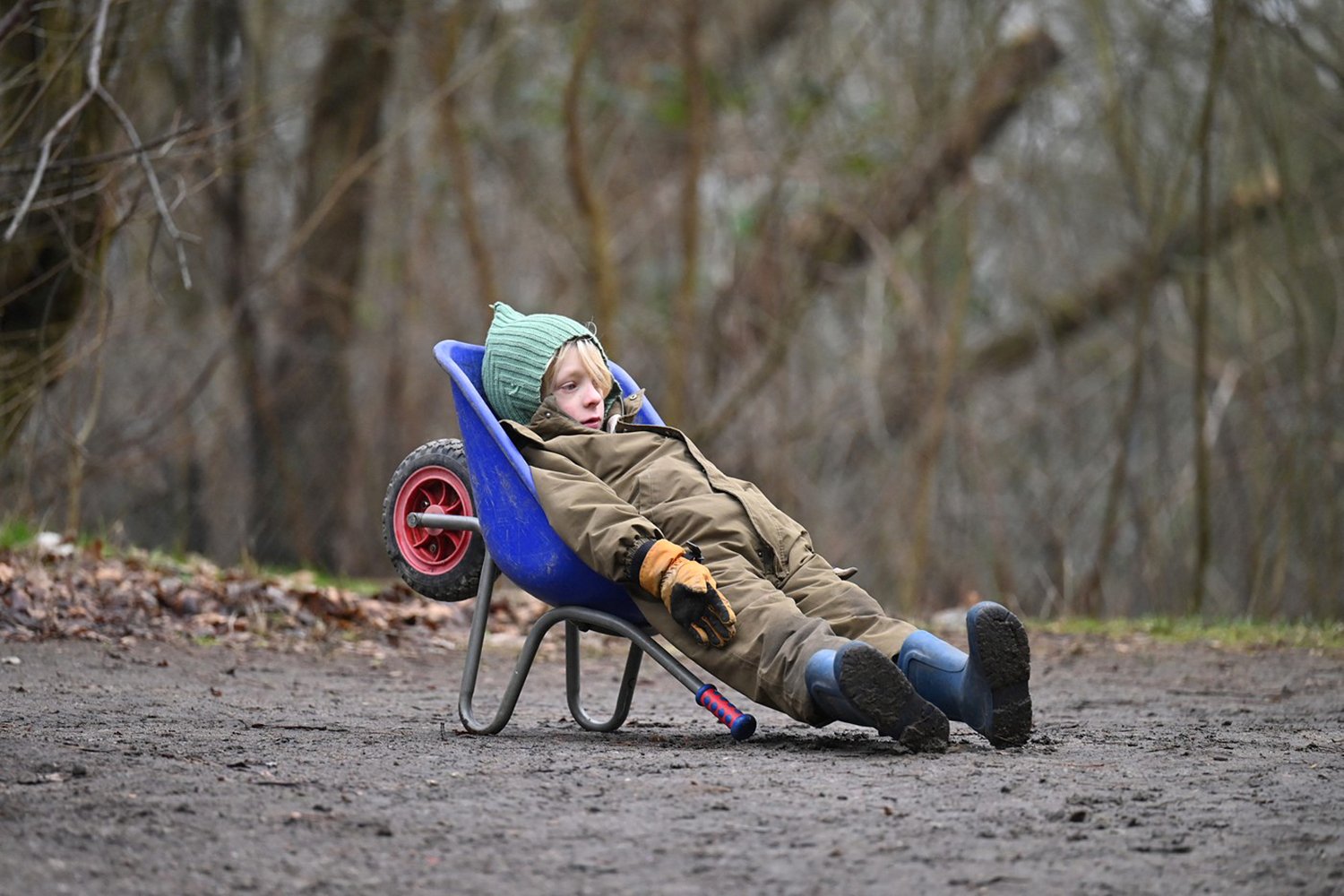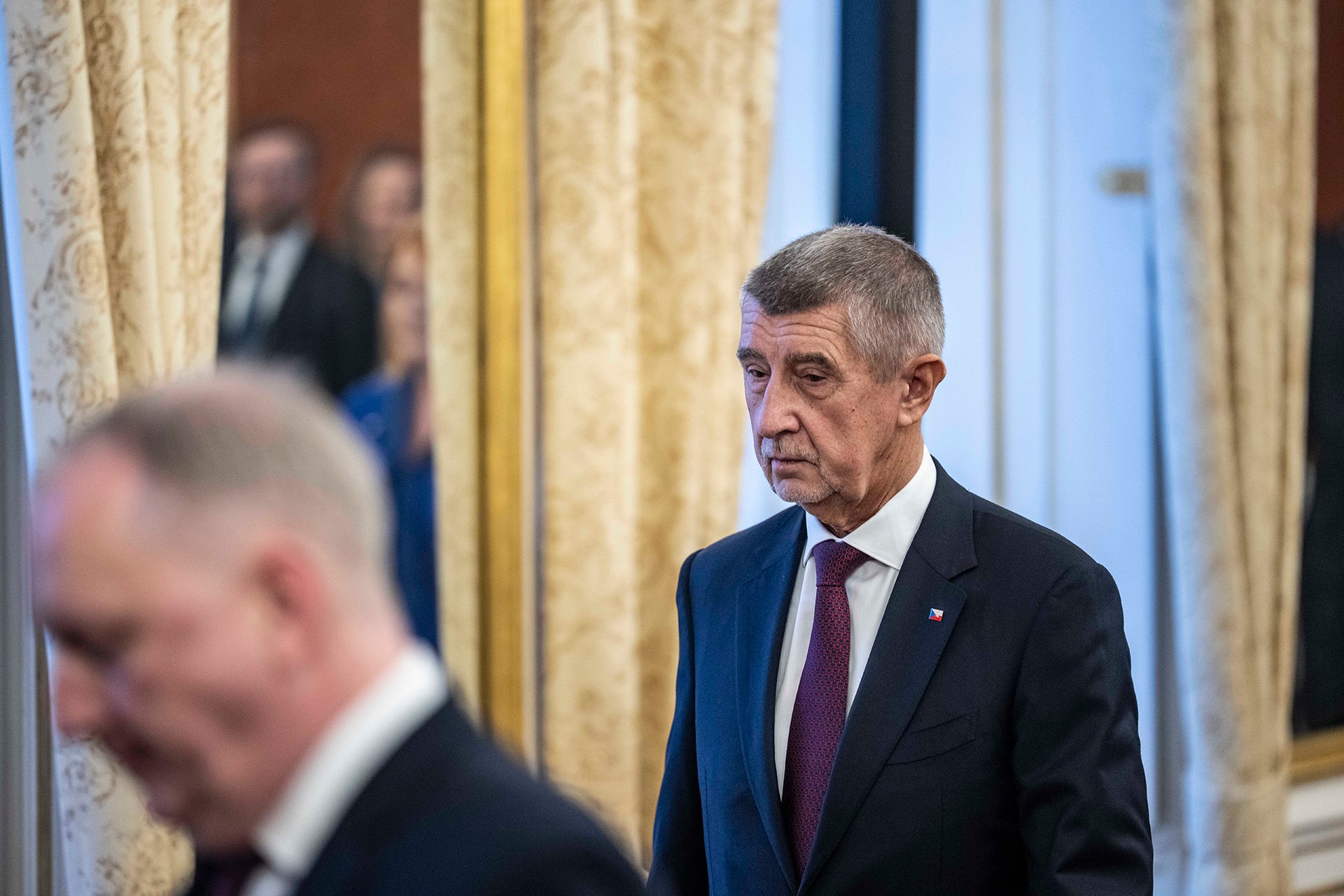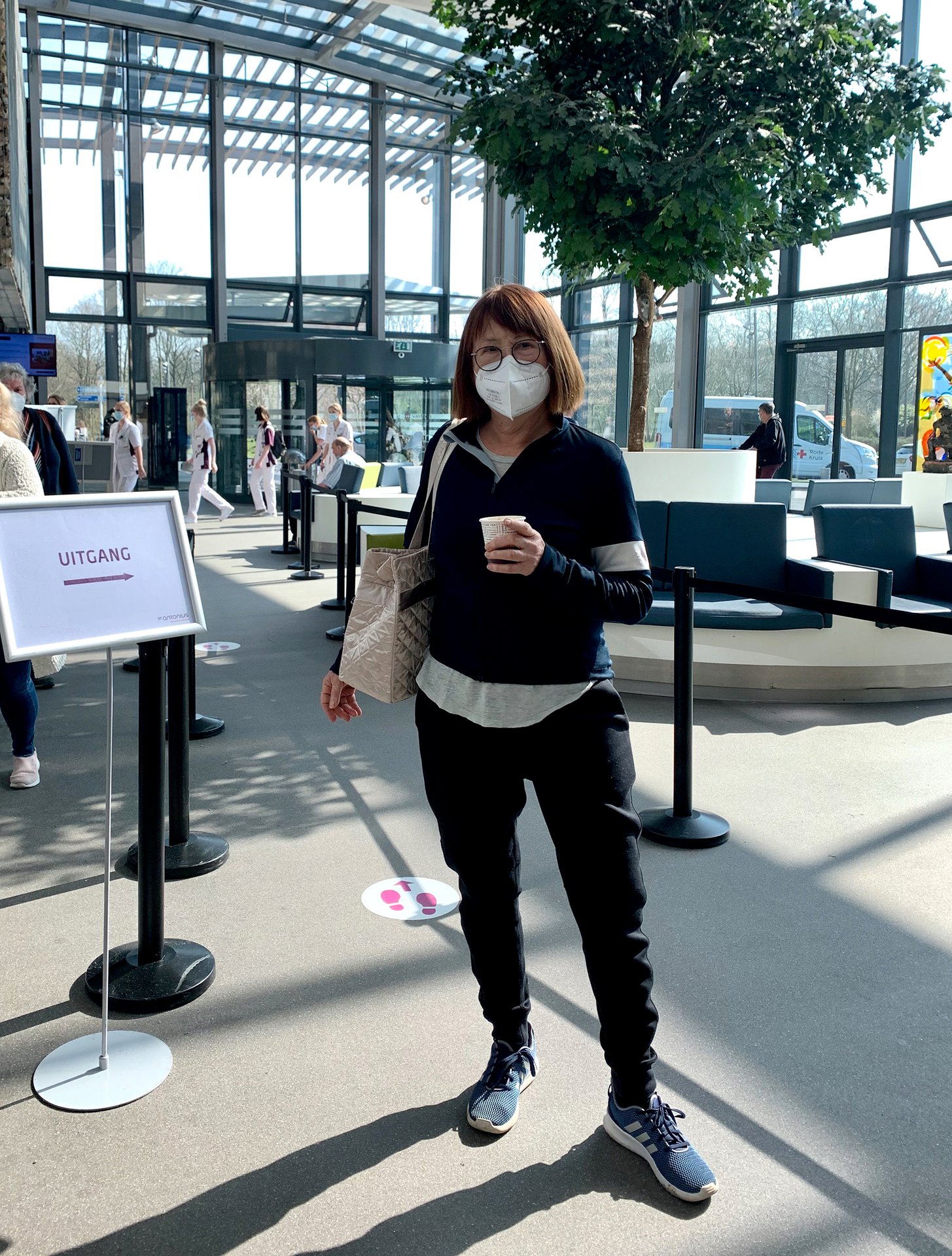Sarajevo Saviors
When Jovan Divjak walks along Sarajevo’s main street, Ferhadija, everyone recognizes him. To passers-by, this smartly dressed man in a white shirt is like a magnet. Everyone wants to be photographed with him, shake his hand, get his autograph. Yet Divjak is neither an artist nor a politician. He is an army general. And a Serb one. A representative of the power that for most Sarajevans is the epitome of evil.
It’s been 20 years since the inhabitants of the Bosnian capital woke up to find that a genocidal war had broken out. The locals say that people like Divjak are like a glimpse of light in the dark and their presence here in Sarajevo is as important today as it was before. The war claimed some 12,000 dead in the Sarajevo streets alone. The horrific scenes that unraveled here are hard to forget. And ethnic tension is escalating again. When people like Jovan Divjak walk the city’s streets, it is a reminder for the locals of how they could mobilize themselves at the worst times.
SCARS AND CEMETERIES


Sarajevo, or at least its oldest part, is a picturesque tourist center with abundant souvenir shops and fashionable cafés. People hurry on their way home from work, visitors head for mosques as Ramadan begins, and amid them backpackers from Western Europe weave their way, attracted by the boisterous atmosphere of local bars. But even in Ferhadija Street, marks of events that 20 years ago irreversibly changed the destiny of this unique and beautiful city are hard to ignore.
“Here was one of the first [explosions]; people were not as cautious yet and didn’t hide,” Divjak points to a small crater in the middle of the pedestrian zone. Its separate layers are highlighted by thick red paint. An inscription on a nearby wall explains that at this spot a mortar killed four dozen people at once. There are many similar “scars” visible in the city, among them striking, meters-long holes in facades of high-rise buildings, as well as numerous smaller bullet craters. Most former parks and green spaces have been turned into cemeteries. The largest one, in the Kosevo quarter, covers the entire football pitch of one of the former Olympic stadiums.
“No one then could imagine how quickly a functioning and seemingly cohesive society could collapse,” Divjak says, reminiscing about the bygone fame of the Olympic metropolis that in the 1980s boasted a standard of life comparable to some Western European cities. Although the country was ruled by an autocrat seated in Belgrade, Czechs could only dream of the civilizational level of the Yugoslavia the late 1980s in respect to the accessibility of coveted goods or the fact that a Yugoslav passport allowed for fairly easy travel to both sides of the Iron Curtain.
Gallantry, jokes, perfect French – Jovan Divjak cannot conceal his education at a military university in Paris. But the deep admiration of Sarajevans could hardly be incited by nothing more than an aging gentleman’s charm. The general has earned it by his personal, yet – through its social symbolism – extremely important revolt.
Divjak, then a high officer in the Yugoslav army, had suspected months before the first Sarajevo mortar fell that hard times were coming. As Bosnian politicians began to discuss their plans for declaring independence, unprecedented military exercises were launched with army technology – and almost exclusively ethnic Serb troops. “Officially, these were military exercises, but after a while it became apparent that a noose was tightening around Sarajevo,” the general says, recalling the moment when for the first time he refused to follow orders from Serb commanders. These included seemingly minor organizational changes, but also the requirement to disarm local “non-Serb” garrisons.
Disobeying Belgrade’s orders landed Divjak in a military prison for several months. When he came out, the situation seemed even clearer to him, so he stopped following orders completely. His involvement in a 1992 attack on a column of withdrawing Yugoslav troops resulted in the issuance of an arrest warrant that in Serbia is still in effect, even though the Yugoslav war-crimes tribunal in The Hague determined in 2002 that there was not enough evidence to prosecute him. Divjak was arrested in Austria last year on the Serbian warrant but a Vienna court refused to extradite him over concerns that he would not receive a fair trial in Serbia, and he was released.
At the start of the Bosnian war, Divjak’s stance represented a major move against the tide of events. The general was the commander of Yugoslav troops in the Sarajevo region and his decision not only undermined the legitimacy of Serbian attackers, but also provided vital encouragement to the nascent Bosnian army for which Sarajevo’s defense became a fated challenge.
The fall of Yugoslavia into the pit of bloody disintegration is well-known history today. Mass ethnic cleansing, such as was perpetrated in Srebrenica, constituted an attempt by the Serb majority to expel the Muslim population from most of today’s Bosnian territory. Sarajevo may be the key, symbolic piece of the puzzle. It was here that independence of the most ethnically mixed part of the Balkans was declared. And it was in the Bosnian capital that the war turned into a conflict unparalleled in any Yugoslav or other modern warfare. The inferno of urban warfare, as we can now watch via media in countries like Syria, lasted an incredible four years. And during this time, Sarajevo’s population – Muslim Bosniaks, Croats, and Serbs – were cut off from the outside world by an impenetrable military barrier.
‘MAKE THEM GO INSANE’
Divjak has only one explanation for what happened in Sarajevo in the 1990s – imported hatred. “People of various nationalities and religious faiths had lived here side by side. I couldn’t imagine I would fight against my own neighbors and friends,” our guide recounts, while standing on one of the hills surrounding the city. “One thing is certain: from the military viewpoint, it didn’t look good for us at all.”
From where we stand, visitors can take in the impressive sight of the historical city adorned with the spires of dozens of minarets and orthodox churches, straddling the banks of the Miljacka River and surrounded by misty ranges of forested mountains. At the beginning of 1992, positioned in these scenic views, 1,000 cannons and hundreds of tanks were aimed at Sarajevo. A unique landscape relief of the half-million city nestled in a single valley thus enabled a practically hermetic siege.
For the Serbian fighting force, it made for easy prey. But Divjak’s hastily formed Bosnian army grew into a force no one expected. Within days, thousands of volunteers of all nationalities were recruited. The total number over the four-year blockade neared 50,000 men who, armed with the remnants of weaponry collected from abandoned Sarajevo barracks, surprisingly quickly took control of the most important parts of the city. The rugged terrain and hundreds of narrow streets provided enough room for shelter. And Sarajevans themselves credit their resilience to a considerable psychological advantage.
“We had nothing to lose. We were convinced that if Serbs conquered the city, they would kill us anyway. And it needs to be said that Serb soldiers did not particularly enjoy shooting at their own neighbors, either,” Goran Cuk, one of later army officers and current chairman of a Bosnian war veterans association, recalls in his modest office near the city center.
The response of Sarajevans took the Yugoslav army by surprise. After a few initial unsuccessful attempts to take direct control of the city, it changed its tactics. An order issued by Serbian army commander Ratko Mladic went down in history, recorded in a BBC documentary. “Fire mortars on the whole city,” came the command, through a walkie-talkie held by an officer observing Sarajevo from a mountainous shelter. “Don’t let them take a breath. Make them go insane.”
According to statistics released by the UN after the war, an average of 330 mortars fell on Sarajevo every day, some days several thousand. A single mortar killed almost 70 people in the middle of a Sarajevo market. Mortars hit bus stops, schools, funeral processions.
And that was not all. Recently finished sports facilities that just eight years before hosted a world “celebration of peace,” the Winter Olympic Games, served as hideouts for Serbian army snipers. A concrete bottom of the bobsled track still shows holes fitting exactly the barrels of sniper guns aiming at whoever happened to walk along the city streets below.
To get to them with heavy military technology was a nearly impossible task. “We constantly launched small attacks to surprise the snipers and steal some of their ammunition. Sometimes we succeeded in pushing Yugoslav camps a bit farther beyond the city limits, sometimes it was just a desperate attempt to interrupt shooting,” Divjak says. His men gathered in different places of the besieged city. The Sarajevans’ military headquarters was located in the partly collapsed building of a former gasworks; smaller bases grew in dozens of places in city housing developments. The primary task for patrols was always the same: to guard main traffic arteries and keep Serbian soldiers beyond the boundaries of inhabited territory.
A MISSION IN LIFE
At that time, in early 1992, thousands of refugees fled Sarajevo. People desperately tried to escape from places where death was an everyday threat. UN troops, which in mid-1992 took control of the Sarajevo airport, strived to organize evacuation by air, but only a few thousand Sarajevans were lucky enough to reach safety that way. Civilian air traffic was considered excessively risky due to snipers, but a number of ground transports were also stopped and returned. Some vehicles made no headway as they were showered by bullets right after they set out on their journey.
A secure route to safety outside the territory of the war-torn Bosnia required passage through dozens of military checkpoints and permits from three armies – Divjak’s Bosnian army, the occupying Yugoslav army, and the Croatian army, which controlled the western border of the country and some adjacent territories. Organizers from the ranks of the Red Cross, foreign nonprofit organizations, and individual Sarajevans still remember the difficulty of compiling passenger lists. Often it took several months to contact pertinent army delegates by mail or in person, either on the soil of the UN-controlled airport or at army headquarters. Sometimes soldiers would strike names of entire families from the lists out of pure personal hatred. In the end, fewer than 200,000 Sarajevans were able to leave the city out of more than half a million. It is a huge number, but still most of the population lived through the siege until the end.
“I couldn’t just go and leave everything behind,” Faruk Kulenovic says with a shrug, standing in an austere office of the Sarajevo hospital. At the beginning of the war, the head physician of the trauma department managed to whisk his wife and two sons to the safety of neighboring Croatia. But he resisted his family’s urging to join them. “Essentially, there were two types of people who refused to leave,” the sinewy man in his 60s relates in a calm voice. “Those believing that the war inferno must end any moment, and people like me who felt their place and mission in life were right here.”
For the duration of the siege, Kulenovic’s clinic and a military hospital were the only facilities performing surgeries in the city. The surgeons’ routine caseload included 100 patients a day on average; they had to operate on people with gunshot wounds, injuries sustained from mortar shrapnel, torn limbs, and burns. “We divided the day into three eight-hour shifts. Just like the sniper shooting, admission of patients didn’t stop at night,” Kulenovic recounts. Besides him, only six other physicians worked at the clinic during the war, some of whom had not yet completed medical studies. Most of the 32-member team of surgeons left the city shortly after the fighting broke out.
To move around the city meant sneaking along the walls; in some streets carpets were suspended on ropes above the walkways to impede the snipers’ view. City transit almost instantly collapsed, only sparse cars were driven by those willing to take the risk. Each time Sarajevans ventured out of their flats they put their lives in jeopardy, but they had no choice.
Within the first days of the siege, Serbian soldiers cut off the electricity, gas, and water supply to the city. At the same time, gangs of Sarajevo criminals looted most of the city shops – with the exception of bookstores – and households began to quickly run out of food. Although markets offered all kinds of goods including groceries, prices were in West German marks and few could afford to pay them. Social benefits that the paralyzed Sarajevo administration was capable of disbursing were worth about one package of coffee and for the locals had only the symbolic meaning that the authorities were still functioning.
Without foreign humanitarian aid, most Sarajevans would have starved to death. Many war witnesses can still recall the precise contents of the humanitarian aid package that each Sarajevo household was eligible for. A typical weekly package for one family contained two kilograms of flour, rice, and pasta, canned fish, oil, and washing detergent. Aid came from around the globe.
Since winter temperatures in mountainous Sarajevo frequently drop to minus 20 degrees Celsius (minus 4 degrees Fahrenheit), the critical task, besides supplying food, was to try and keep people warm. Window panes, smashed by pressure waves from exploding mortars, were replaced with plastic foils marked with a UN logo. The locals recall how first trees began to disappear from city parks, followed by wooden furniture, books, and even highly flammable magnetic tapes from reel-to-reel recorders.
THE JEWISH INSTINCT
Guests of the Jewish cultural center seem relaxed in the lazy afternoon. Tea is being served and wrinkled men sitting by windows smoke strong black cigarettes. A diminutive man seated amid a group of chess players and debaters does not stand out at first glance. A former commercial lawyer and successful businessman, Jakob Finci will soon celebrate his 70th birthday. Finci is one of those who voluntarily decided to endure wartime in the besieged city. Just as in the case of surgeon Kulenovic, many locals are still grateful for his decision.
“It may have been some Jewish instinct, but we had a hunch something very bad was coming,” Finci says, recalling the time when the first news of growing tension around the city started coming to the synagogue. The advice for members of the Jewish community was unequivocal: renew expired travel documents and apply for an Israeli visa. But community leader Finci made another decision.
Weeks before the first shot was fired at Sarajevo, all free space on the ground floor of the synagogue began to fill with boxes and bags. To the astonishment of friends and colleagues, Finci, armed with money from a hastily organized fund-raiser among families of Sarajevan Jews, hauled to the city more than a three-month supply of durable foodstuffs and medicine for the 1,500-member community. Shortly after the war broke out, however, two-thirds of the Jewish community fled the city and it became apparent that the supplies were excessive. So Finci’s people, first on the stairs leading up to the synagogue, later at a nearby abandoned shop, and finally even at the central marketplace, began to collect orders from the sick and distribute free drugs.
As Finci now proudly points out, their team of two physicians and nurses alternating at an improvised doctor’s office in the synagogue was composed not only of Jews, but also of Bosniaks and Serbs. And the distribution mechanism of medical supplies worked on the same principle. “In all that nationalist and ethnic madness, being Jewish suddenly became an advantage. Soldiers treated us as people who were not at the center [of the war conflict] and who did not side with any party,” Finci explains. For these reasons, his organization, La Benevolencia, managed to bring in more medical supplies by trucks even during the blockade. Statistics from Bosnia‘s Health Ministry show that this small Jewish organization supplied a full 40 percent of the drugs for Sarajevo during the siege.
THE MACHINERY OF SEGREGATION
Finci’s La Benevolencia continues operating to this day. Although it stopped distributing medical supplies a long time ago, it still strives to at least partially retain its former role of a go-between among the warring nations – by organizing education courses, concerts, exhibitions. Just tonight the municipal gallery is teeming with visitors to an art opening. The hall of the gallery is packed. Yet a foreign visitor might be puzzled. Sarajevo is nowadays a city of cemeteries; graves and burial places are ubiquitous. So why would plaster miniatures of tombstones the size of a few centimeters, on display at the gallery, spark such interest?
According to Finci, the answer lies in their symbolism. They represent traditional tombstones used in the Middle Ages, when the population of the Balkans was not divided into Serbs, Bosniaks, and Croats, but included several allied tribes. “This is the common history of all of us, a joint tradition in which faith or nationality doesn’t matter,” Finci says. “And awareness of our common roots is something that can help us in the future.”
The understanding that Finci is trying to achieve seems an impossible goal under the present conditions in Bosnia. Of the country’s 4.5 million prewar population, only half still lived in their former homes after it was over. Some 600,000 refugees lived in camps set up in Bosnia, and another half a million fled abroad. Those who returned after the war often found just wreckage, but even more frequently they found new tenants occupying their abandoned home, who refused to move out.
Bosnia’s constitution guarantees all returnees the right to claim their former assets, but the reality is different. Legal proceedings would drag on for a decade with no ruling. Pouring oil into the fire has been an unspoken effort to convert Sarajevo’s mixed neighborhoods into strictly Muslim or Serb colonies like in most of the Bosnian territory. Today the country is still divided into two administrative units – the Republika Srpska and the Federation of Bosnia and Herzegovina, with a population composed mostly of Bosniaks, Croats, and other ethnicities. Both administrations are under the umbrella of a third, central government, still cooperating with a special EU mission.
This postwar administrative machinery, observing the composition of the population in different parts of Bosnia, was proposed as an interim solution but is still in place. Local commentators attribute the inability to change that not just to an increased interest in numerous ministerial positions (some 50 seats in all three governments are up for grabs during elections), but also to lingering distrust that inhibits the Bosnian society’s efforts to move forward. In addition, most parliamentary parties base their political programs on an escalation of conflicts between Muslims and the rest of the population. Ethnic division of elementary schools is a common practice; Serb and Muslim children are taught under one roof but are segregated, because most parents want it so.
HARD TIMES
Naturally, this situation has had an impact on the country’s economy. Statistics show that the government’s administrative expenses account for over 40 percent of Bosnia’s budget annually. The country suffers from unemployment of over 40 percent, a crumbling social welfare system, and an obsolete and costly health care system. Most young Bosnians cite as their main goal in life emigration to Western Europe or the United States.
Even local observers are reluctant to predict the future development of Bosnia’s politics. Most believe the current interim administration will go on for decades. At the same time, there has been news lately about politicians from the Serbian entity seriously considering a definitive division of the country into two territories. (both the UN and the European Union reject this solution due to the persisting ethnic mix of the population; no postwar treaty makes it acceptable either).
Is there any peaceful solution to this situation? “As long as barriers continue to exist in the minds of common people, politics can’t be expected to change that,” says Vildana Selimbegovic, editor in chief of Oslobodenie, the most influential Bosnian daily. In her view, it is important to dismantle as quickly as possible the segregation practices of the Bosnian education system and strive to prevent the formation of strictly Serb and Muslim neighborhoods.
Selimbegovic, a former Sarajevo war reporter, believes that the four-year blockade that united the city population in its burdensome legacy could work as a key memento. Perhaps that is the reason why Sarajevo is so keen on opening numerous war museums. The best-known, though minimal in size, opened years ago at the place of an almost kilometer-long tunnel dug by Sarajevans halfway through the siege, which led beyond the enemy line. From a hidden place in a Sarajevo suburb, the bulk of food and arms, diesel oil, and even electricity flowed through the tunnel to the city. Projects recalling life during the blockade are sprouting on the Internet, and a siege museum has been designed to be built right in the historical heart of the city. What the locals deem most important is that none of the foregoing suggests any anti-Serb or other ethnic sentiment. “All takes place at the level of common trauma that has united the city,” Sarajevo film director Haris Pasovic explains.
It is his craft – art – that could encourage the younger generations to reconsider their dreams of emigration. Pasovic’s Film and Theater Academy has earned a reputation as a prestigious school attracting hundreds of Bosnian and foreign students. And there might be more opportunities. Former prominent war figures like Divjak represent important elements of Bosnia’s nascent elite. Almost immediately after the end of fighting, in the mid-1990s, Divjak formed a foundation distributing stipends for students to attend Western European universities. Nearly 1,000 gifted Sarajevans have won the stipends to date. Divjak’s foundation aims to establish long-term collaboration with the stipend recipients so they would return to the Bosnian capital with their newly acquired knowledge.
The foundation has been successful so far, but Divjak himself is not too surprised. People form a relationship with Sarajevo for their whole lives, the general explains. And once they fall for the city, they will always want to come back. “Behind all the suffering and problems, we can clearly see a story of people’s perseverance and tenacity leading to the desired outcome,” the retired general proclaims with a mighty dose of pride. “Who was born here wants to die here, too.”
This article was produced for the Next in Line project,which isco-funded by the European Union. Photos by Matěj Stránský.
Pokud jste v článku našli chybu, napište nám prosím na [email protected].

